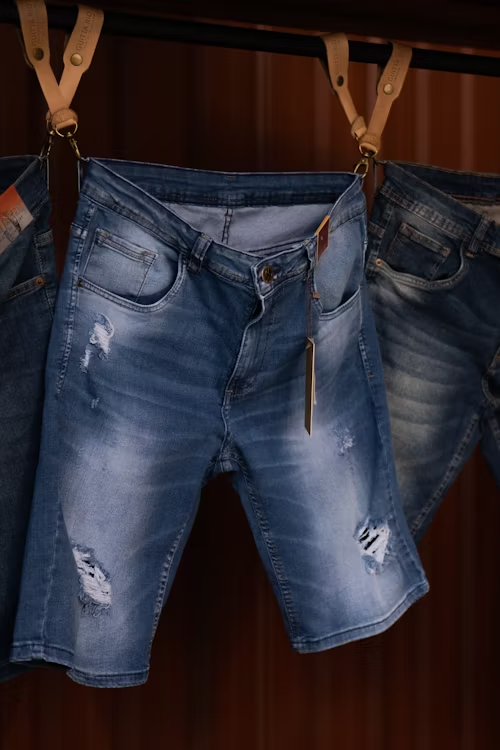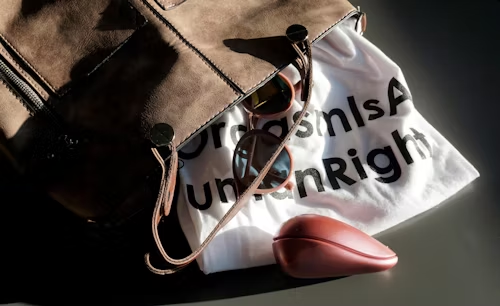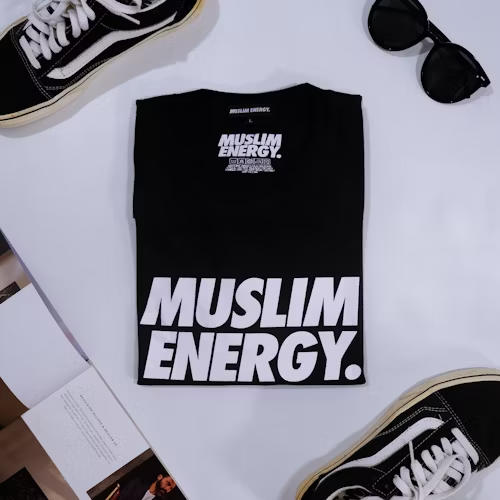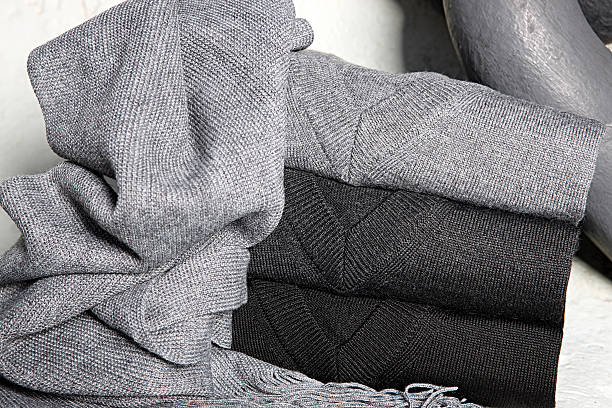Embroidery. It transforms plain fabric into a canvas of texture, colour, and story. Yet, what fundamentally defines embroidery technique? The art of decorating material using a needle and thread (or yarn) creates intricate patterns, designs, and textures.
Embroidery is more than just decoration. A way to show skill, heritage, and personal style exists. This art form can enhance everyday clothes like T-shirts, sportswear, hoodies, and caps. Let’s pull the thread and explore this captivating craft, from its ancient roots to its modern applications on the clothes you sell.
The Essence of Embroidery: Needle, Thread, and Imagination
Basically, embroidery is just using a needle to stitch thread onto cloth. This application isn’t random; it follows specific embroidery designs using various embroidery techniques or “stitches.” Think of stitches as the vocabulary:
- Basic Building Blocks: Running stitch, backstitch, satin stitch (for smooth, solid areas), chain stitch (for linked loops), and cross stitch (for X-shaped patterns).
- Texture & Dimension: French knots (small, raised dots), seed stitch (tiny scattered stitches), couching (laying thread on the surface and stitching it down).
- Filling & Detail: Long and short stitch (for shading and realistic effects), stem stitch (for fine lines and outlines).
The choice of technique dramatically impacts the final look, feel, and durability of the design. This is crucial for apparel, where embroidery must withstand washing and wear.
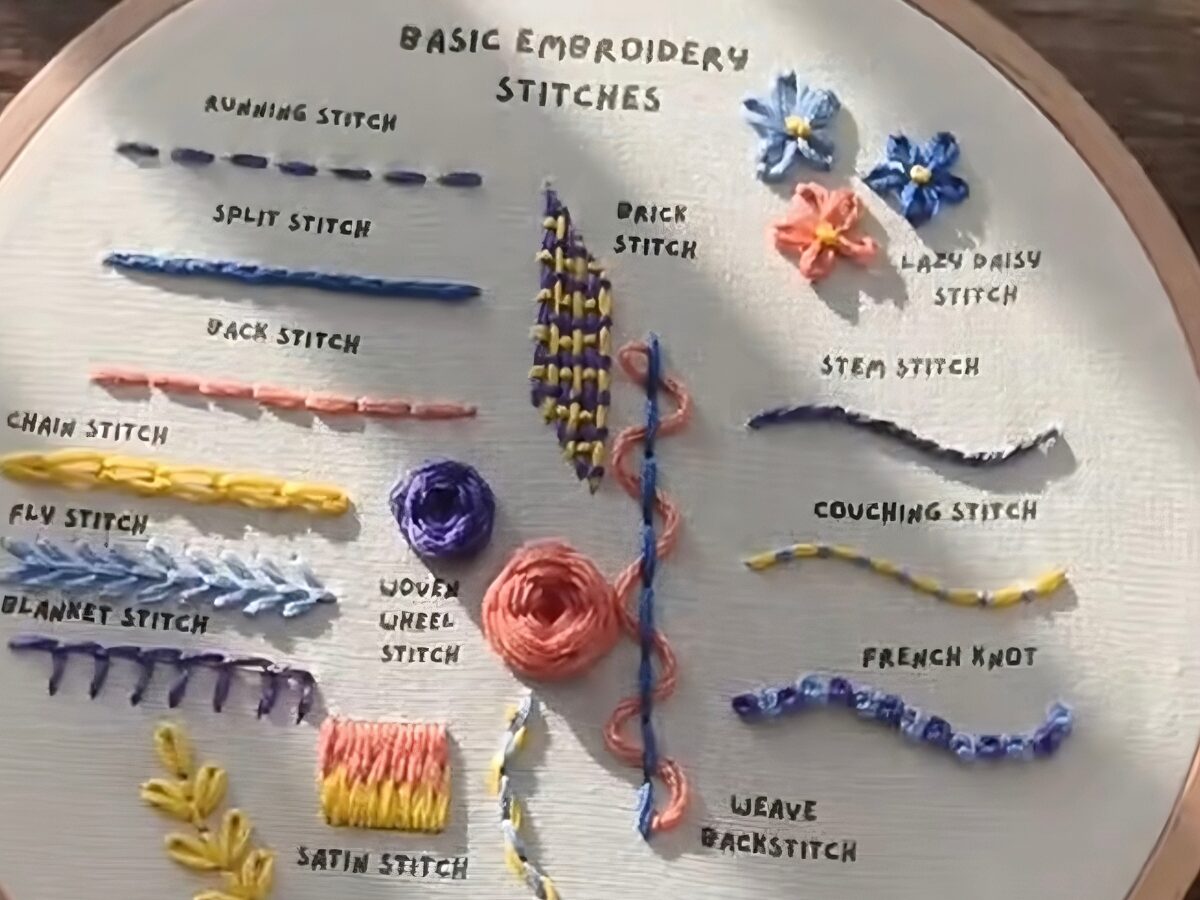
The Timeless Art: Hand Embroidery’s Enduring Legacy
- Long before machines, there was the meticulous, soulful craft of hand embroidery. This is where the artisan’s skill truly shines. Every stitch is placed carefully by hand, making each piece unique and often high-quality enough to pass down.
- Global Traditions: Every culture has its own hand embroidery style. For example:
- China has delicate silk embroidery.
- Eastern Europe uses bright, geometric folk patterns.
- India is known for detailed Chikankari.
- Also, wool-on-linen crewelwork exists.
Modern Relevance: Hand embroidery is not common in mass production because it is costly and time-consuming. However, it is making a comeback in high-end fashion, custom designs (like unique T-shirt logos), and slow fashion. It adds unparalleled value and story to a garment.
Evolution of Expression: A Journey Through Embroidery Designs
Basically, embroidery designs are as varied as all the world’s cultures, always changing along with technology, trends, and the materials we use.
- Ancient & Symbolic: Early designs often held deep symbolic meaning – religious iconography, protective symbols, markers of status, or representations of nature.
- The Flourishing 19th Century: The 19th century was pivotal. Victorian Era: The Victorian period spurred interest in hand embroidery for home decor (samplers, linens) and personal items.
- Elaborate floral motifs, sentimental sayings, and intricate whitework were immensely popular. Pattern books became widely available, disseminating embroidery designs further than ever before.
- Also, back in the 1800s, the Industrial Revolution started changing how things worked.
- Mechanization Beginnings: While hand embroidery remained valued, early mechanization efforts led to Schiffli machines, revolutionizing commercial production.
- 20th Century & Beyond: Art movements like Art Nouveau and Art Deco influenced embroidery designs. The development of synthetic threads expanded colour palettes. Digital Impact: Digitization transformed machine-based design, enabling precise, complex patterns for corporate logos and athletic wear.
Machine Embroidery & Mass Appeal
The invention and refinement of embroidery machines democratized the art form for apparel:
- Digitization: Modern embroidery designs are first created or converted into digital files using specialized software. This file acts as a blueprint, instructing the machine.
- The Machine’s Dance: Multi-needle embroidery machines (common in apparel decoration) hold numerous thread colours.
- Machines create the same high-quality embroidery quickly. This speed is not possible with handwork. It allows for large orders, which is important for brands and decorators.
- Versatility: Modern machines can work with many types of thread, like cotton, polyester, rayon, and metallic. They can also embroider on different fabrics, from fine knits like T-shirts to thick fleece and sportswear materials. Techniques like 3D puff embroidery add fantastic texture to caps and logos.
Why Embroidery Reigns Supreme in Apparel (Especially T-Shirts & Sportswear!)
For businesses selling T-shirts, sportswear, hoodies, and caps, embroidery isn’t just decoration—it’s a smart choice with clear benefits:
- Unmatched Durability & Longevity: Properly done embroidery withstands countless washes and wears far better than most prints.
- Premium Perception & Value: Embroidery inherently conveys quality, tradition, and substance.
- Professionalism & Brand Authority: For corporate wear, team uniforms, or brand merchandise, embroidery projects a polished, professional, and authoritative image. The standard for serious branding exists.
- Tactile Appeal & Dimension: Embroidery adds texture and a physical depth that flat printing cannot match.
- Clear Details in Any Size: Embroidery is great at making sharp logos, text, and small details look crisp—perfect for chest logos on T-shirts or subtle branding on caps. Complex embroidery designs remain sharp.
- Fade Resistance: High-quality polyester threads don’t fade easily in sunlight or chlorine, which is important for outdoor sportswear.
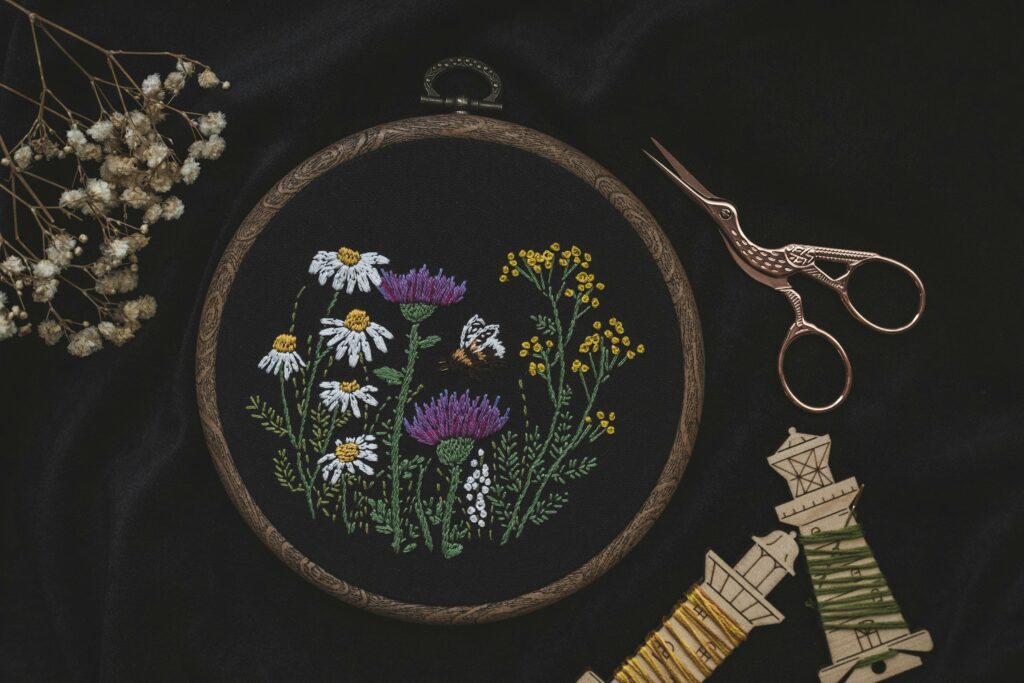
Choosing the Right Embroidery Technique for Your Garments
Selecting the best approach depends on the garment, design, and budget:
- Machine Embroidery: Most businesses use this for apparel because it’s fast, consistent, and cheaper for large orders. Perfect for logos, text, and complex embroidery designs on T-shirts, polos, jackets, caps, and sportswear. Choose flat embroidery for standard looks or 3D puff for raised, textured effects (great on caps).
- Hand Embroidery: Reserved for ultra-premium, limited-edition pieces, bespoke customization, or replicating very specific historical styles. It commands a higher price point because of the skilled labour involved but delivers unmatched uniqueness and luxury. Ideal for high-end brand embellishments or artisan collaborations.
Modern Embroidery Design Trends in Fashion
Embroidery is not merely limited to corporate logo applications. A vibrant trend in fashion exists:
- Statement Pieces: Large, intricate embroidered scenes or patterns adorning the back of denim jackets or hoodies.
- Subtle Embellishment: Delicate floral hand embroidery (or machine mimicry) on collars, cuffs, or pockets of T-shirts and blouses.
- Mixed Media: Combining embroidery with other techniques like printing, appliqué, or beading for unique textures.
- Patches & Appliqués: Embroidered patches (made by machine) add a customizable, old-school look to items like backpacks, hoodies, and T-shirts.
- Sustainable Storytelling: Using embroidery (especially hand embroidery) to add value, longevity, and narrative to garments within the slow fashion movement.
The Future Stitched Together: Technology Meets Tradition
The future of embroidery technique is exciting:
- Advanced Digitization: Software allowing even more complex, photorealistic, and efficiently stitched embroidery designs.
- Laser Integration: Combining laser cutting with embroidery for unique fabric manipulation effects.
- Smart Threads: Exploration of conductive threads integrating technology into embroidered elements.
- Sustainable Practices: Increased focus on organic threads, recycled materials, and energy-efficient machines.
- Hand-Machine Hybrid: Using machines to lay foundations and handwork to add unique, high-value finishing touches.
Conclusion: More Than Just Decoration – A Legacy in Every Stitch
- So, what is embroidery technique? The ancient alchemy of needle, thread, and fabric exists. The patient artistry of hand embroidery, passed down through generations, shines through. Modern machines use precise technology to copy intricate designs from centuries ago, including famous styles from the 1800s.
- For your T-shirts, sportswear, and casual gear, embroidery offers real advantages: it lasts a long time, feels premium, and has a timeless appeal.
